Washington
Why did it take 17 years and one stubborn Ohioan to build this WWII memorial?
Published
52 seconds agoon
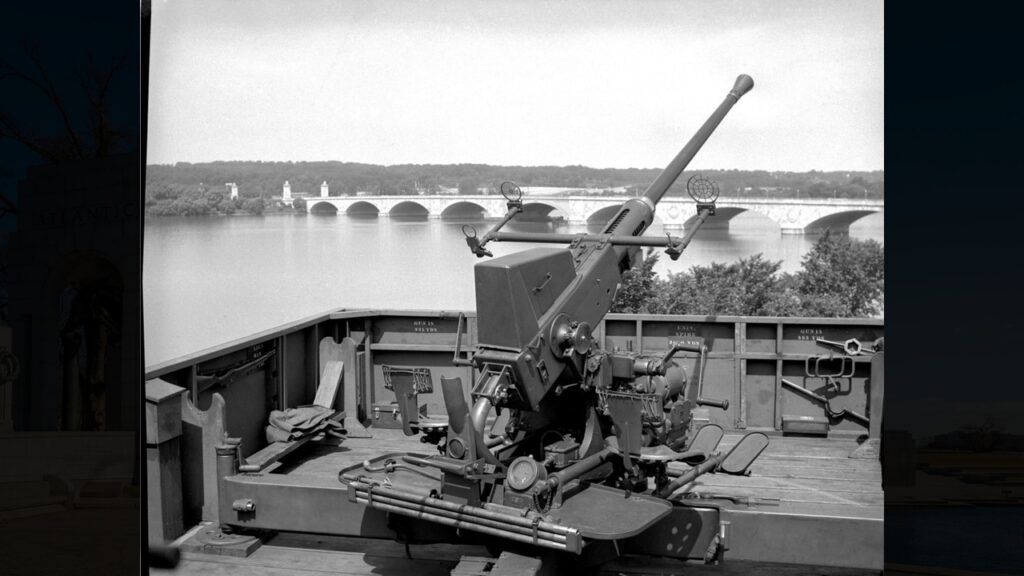
Roger Durbin’s 17-Year Fight for WWII Memorial
Roger Durbin fought at the Battle of the Bulge, but his toughest fight came at a 1987 fish fry in Ohio.
There, the former tank mechanic stood firm and asked his congresswoman a simple question: why was there no World War II memorial in DC?
When told about the Iwo Jima statue, Durbin shot back that it honored just one battle, not the whole war.
His question sparked a 17-year campaign that Durbin pushed forward with daily calls and letters until cancer took him in 2000. Four months after his death, ground was finally broken on the memorial he never got to see.
The World War II Memorial in Washington now stands as proof that one person really can change history.
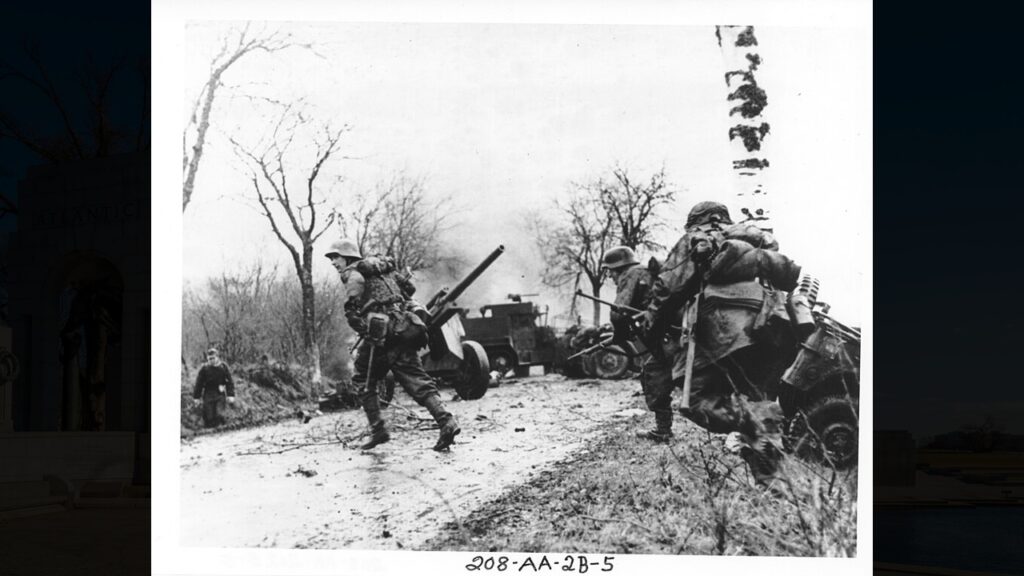
Ohio Tank Mechanic Joined the Fight After Pearl Harbor
Born in 1920 in Sylvania, Ohio, Roger Durbin signed up for the Army right after the Japanese bombed Pearl Harbor in 1941. The Army put his mechanical skills to work fixing tanks with the 10th Armored Division.
Durbin kept tanks running during some of the toughest fighting in Europe.
His unit fought in the massive Battle of the Bulge in December 1944, where American forces stopped Hitler’s last big attack. He fixed tanks in freezing weather while German troops tried to break through Allied lines.
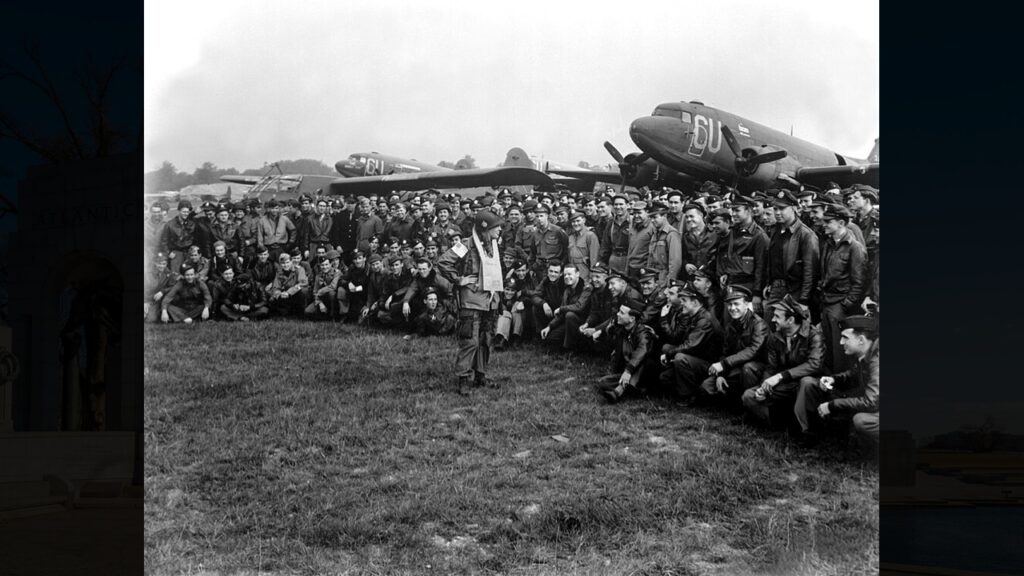
First Heroes to Reach Besieged Bastogne Held Off Five German Divisions
The 10th Armored Division’s Combat Command B got to Bastogne on December 18, 1944, becoming the first American fighters to reach the threatened Belgian town.
For eight key hours, they fought alone against five German divisions trying to take this important road hub. The 101st Airborne arrived later, but Combat Command B had already set up the defense.
General Anthony McAuliffe, who famously told the Germans “Nuts! ” when asked to give up, later said the 10th Armored never got enough credit.
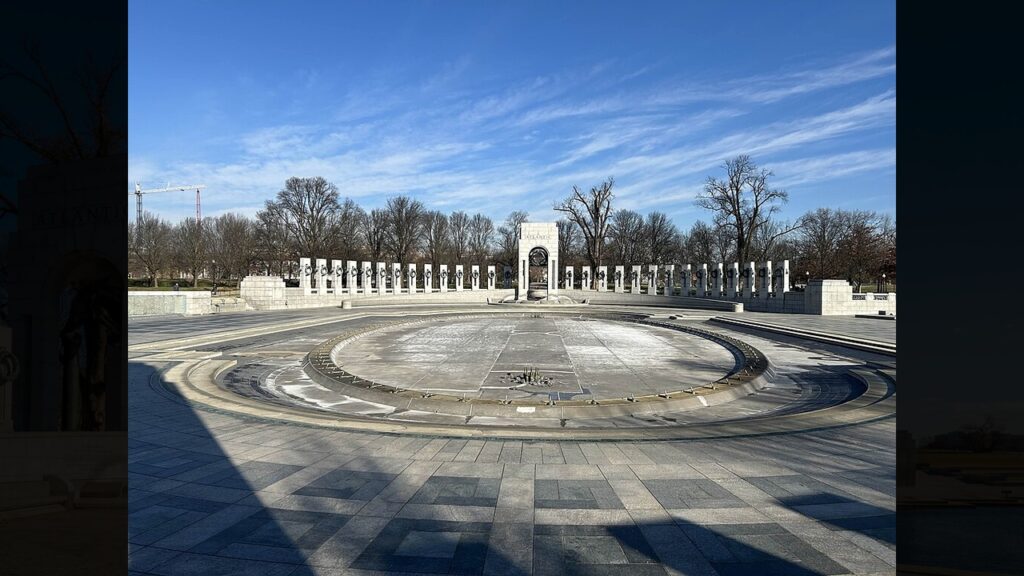
Mail Carrier’s DC Trip Sparked a Two-Decade Mission
After the war, Durbin became a letter carrier and served as Richfield Township trustee. During a family trip to Washington DC in the 1960s, he walked the National Mall looking for the World War II memorial.
He was shocked to find it didn’t exist. For 26 years, the lack of recognition for his generation bothered him deeply.
As he watched fellow veterans grow old and die, Durbin felt time running out for proper honor of their service.
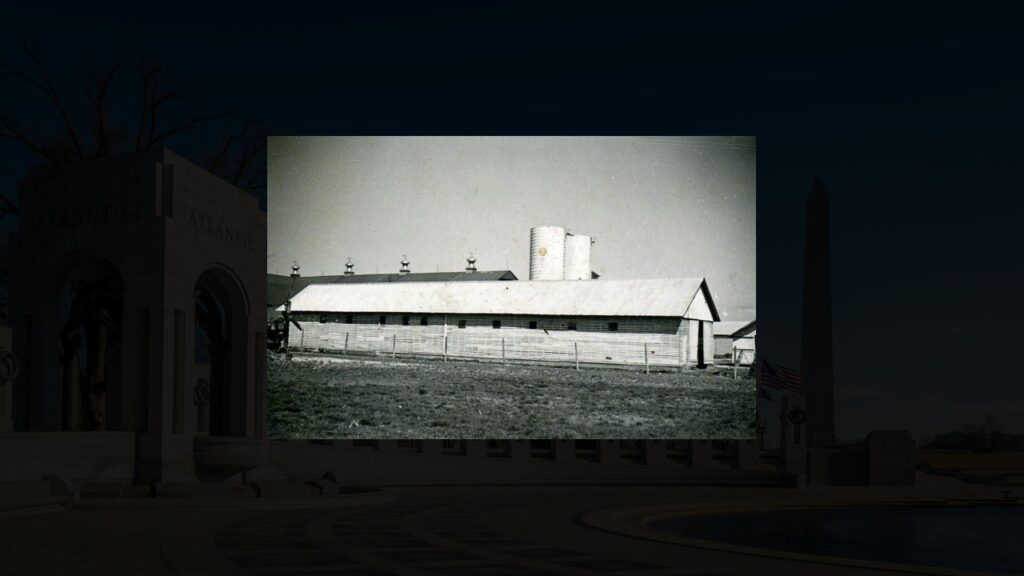
Fish Dinner Confrontation Changed American History
At a community fish fry in Jerusalem Township, Ohio, in February 1987, Durbin saw his chance. He cornered Representative Marcy Kaptur with fire in his eyes.
Standing firm, the former tank mechanic asked about the missing memorial.
When Kaptur mentioned the Iwo Jima statue, Durbin shot back that it only honored Marines in one Pacific battle. What about the millions who served in all branches in both war zones?
His heartfelt plea caught Kaptur’s attention.
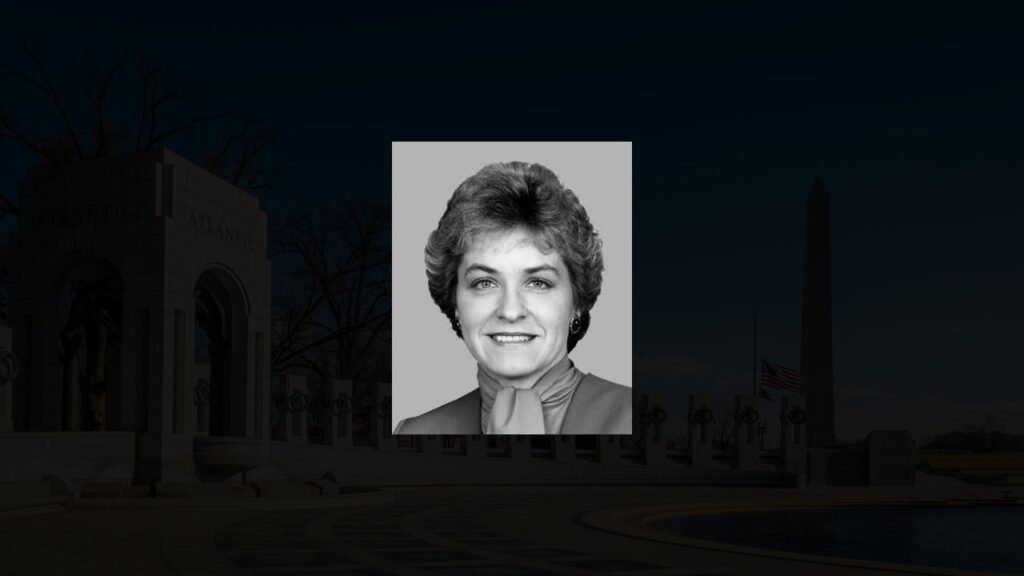
Congress Rejected the Memorial Bill Three Times
Kaptur brought the World War II Memorial Act to Congress on December 10, 1987, as HR 3742. The bill let the American Battle Monuments Commission build a memorial, but it died before the session ended.
Similar bills in 1989 and 1991 also failed. Each failure upset Durbin, but he kept going.
He called Kaptur’s office often, wrote letters, and talked to anyone who would listen about honoring World War II veterans before they all passed away.
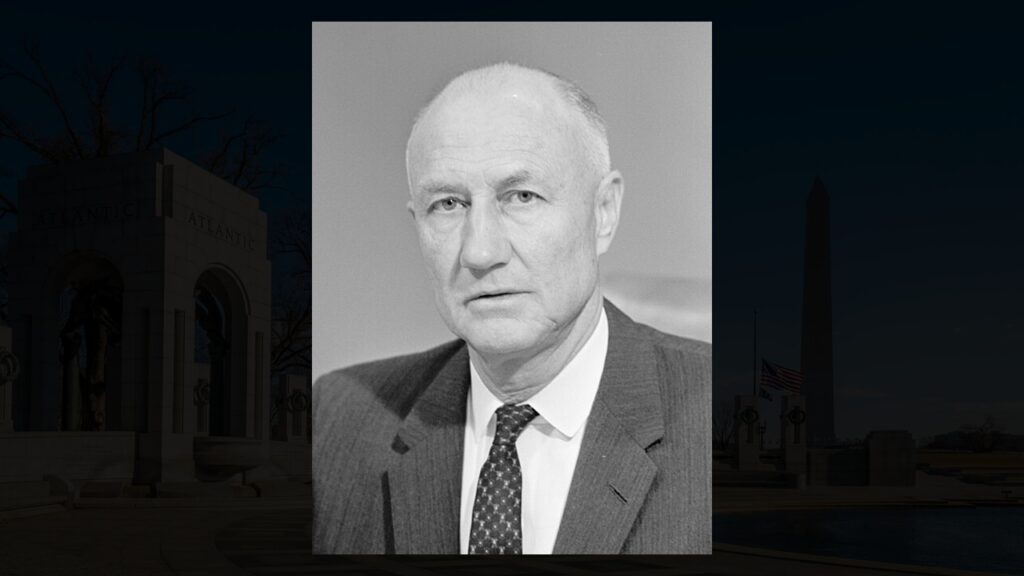
Fourth Try Finally Succeeded After Six-Year Battle
Kaptur tried again on January 27, 1993, with HR 682.
Senator Strom Thurmond, a World War II veteran himself, put forward matching legislation in the Senate one day earlier. The Senate approved it on March 17, 1993.
The House passed a changed version on May 4. President Bill Clinton signed the World War II Memorial Act into law on May 25, 1993.
Durbin celebrated this win but soon learned that getting a law passed was just the first step.
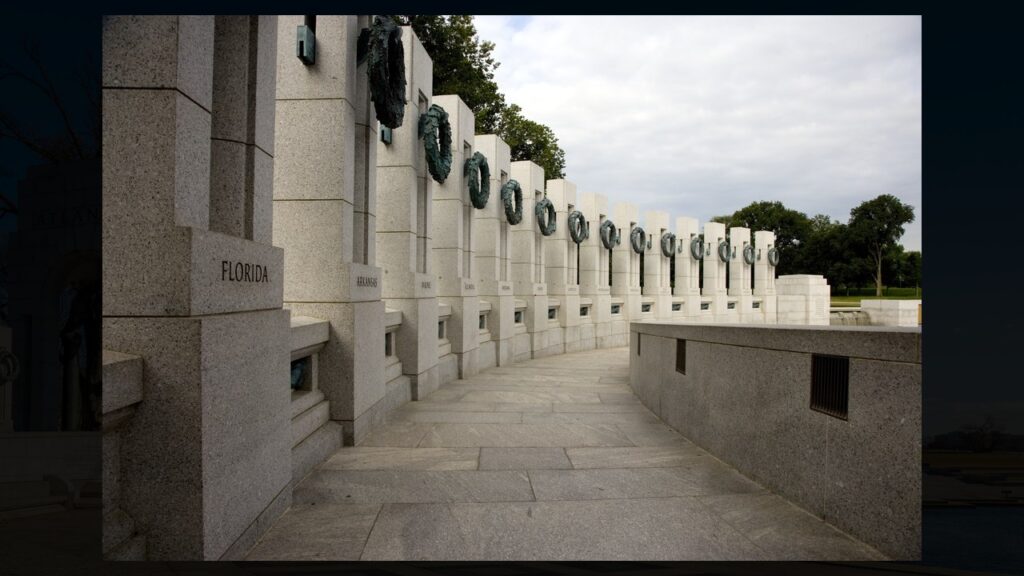
Critics Fought Against Putting the Memorial on the National Mall
Officials picked the Rainbow Pool site between the Washington Monument and Lincoln Memorial on October 5, 1995.
Some groups quickly filed lawsuits claiming the memorial broke federal rules against new projects on the Mall. Opponents said it would hurt the beauty of America’s most important public space.
The fight dragged on until Congress passed a special law freeing the memorial from site and design review limits. Durbin worried these delays meant he might never see the finished memorial.
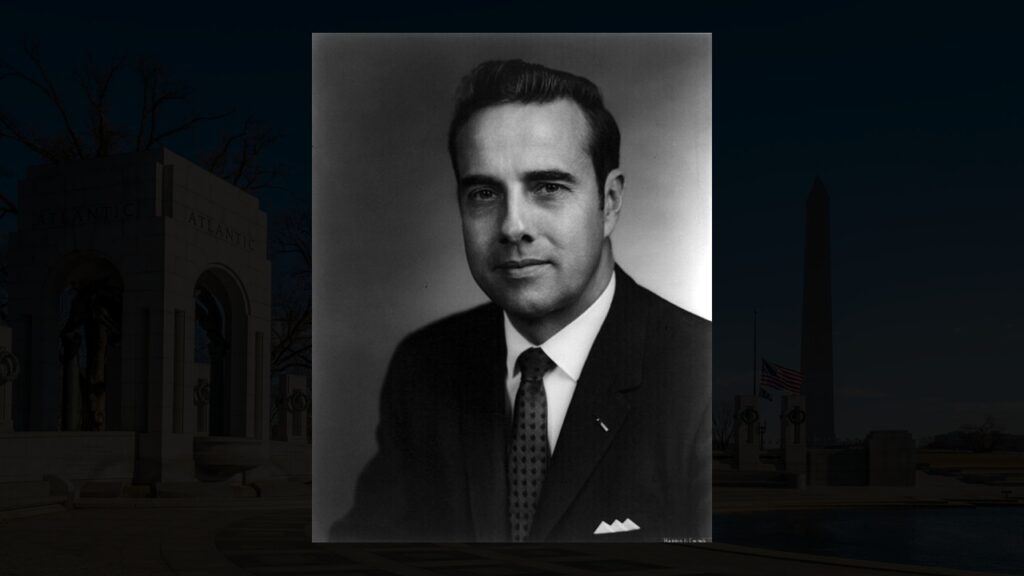
Bob Dole Led Campaign That Raised Nearly $200 Million
Former presidential candidate and World War II veteran Bob Dole took charge of the national fundraising campaign in 1997. Under his leadership, Americans gave over $179 million.
The federal government added another $16 million. Money came from thousands of veterans, hundreds of companies, and more than 1,200 schools across the country.
During this time, Durbin called officials almost daily asking for updates and wrote countless letters pushing for faster progress.
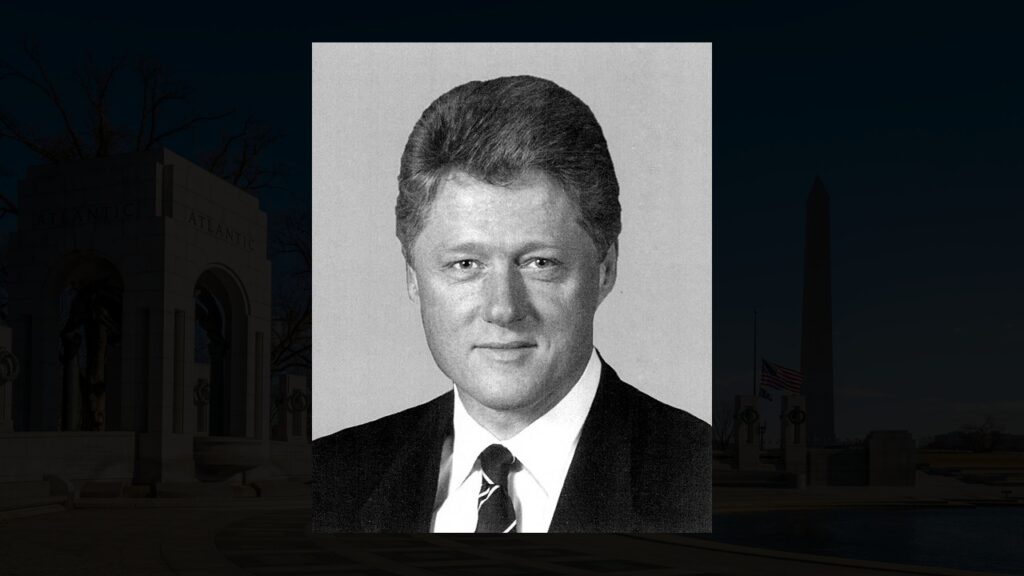
Veteran’s Final Years Consumed by Daily Calls and Letters
For 13 years after the law passed, Durbin gave himself completely to his mission. He made phone calls every day to check on progress.
He wrote letters constantly asking, “When is this going to get done? I’m not going to be here forever.”
His family watched as the memorial campaign took over his retirement. Durbin attended the ground blessing ceremony with President Clinton, but his health began to fail.
In February 2000, pancreatic cancer took his life, just months before his dream would start becoming reality.
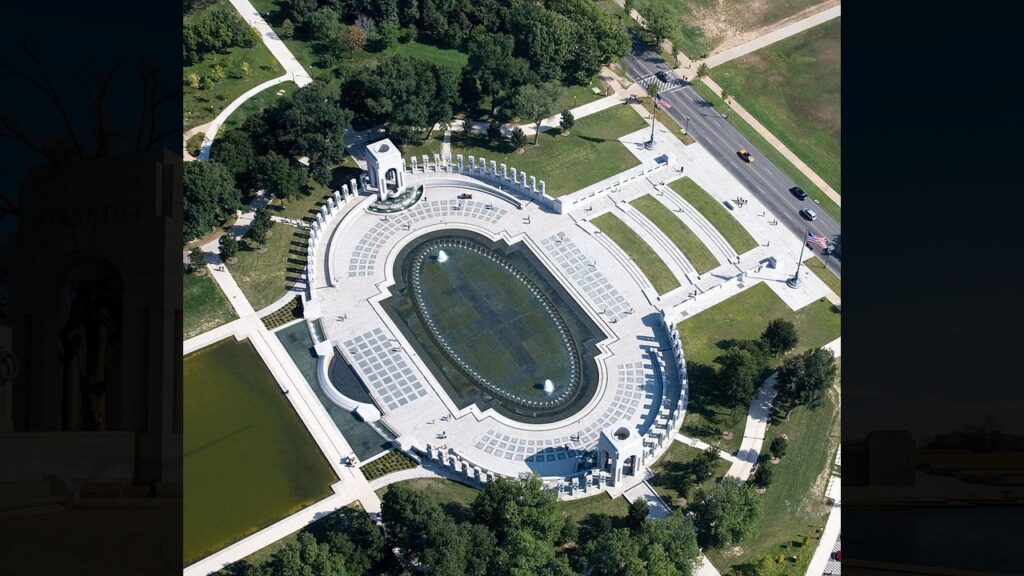
Ground Broken Four Months After Durbin’s Death
Workers broke ground for the memorial in November 2000, with Durbin’s family watching the ceremony he had fought so hard to make happen. The General Services Administration managed construction of the massive project.
Austrian-American architect Friedrich St. Florian designed the memorial with 56 granite pillars representing states and territories of the war era.
Two triumphal arches symbolized the Atlantic and Pacific theaters where Americans fought. Construction crews worked for nearly four years to complete the massive monument.
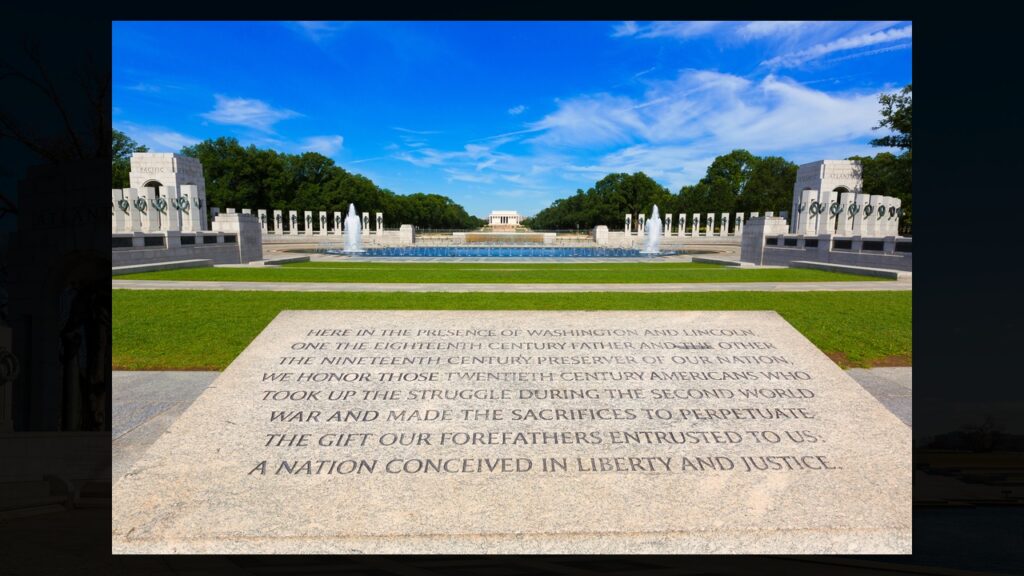
Sixteen Million Veterans Finally Got Their Memorial in 2004
The World War II Memorial opened to visitors on April 29, 2004. The formal dedication ceremony took place on May 29, 2004, led by President George W. Bush.
Marcy Kaptur gave the opening address, standing alongside Durbin’s granddaughter Melissa Growden who represented the family. The completed memorial covers 7.4 acres on the National Mall between the Washington Monument and Lincoln Memorial.
Thousands of aging veterans attended the ceremony, finally seeing their service honored on America’s most hallowed ground, thanks to one stubborn tank mechanic from Ohio who refused to take no for an answer.
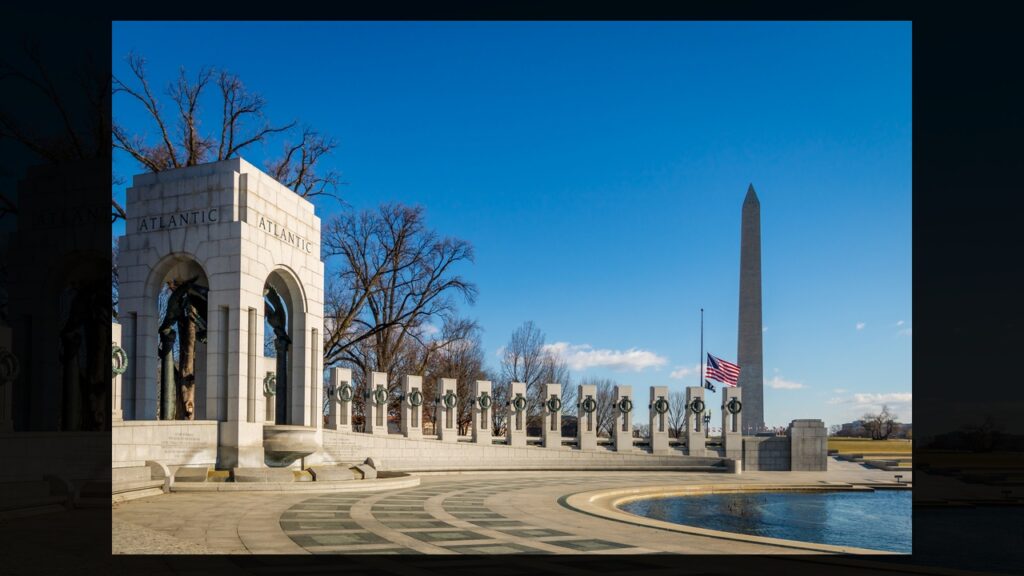
Visiting World War II Memorial, Washington
The World War II Memorial honors Roger Durbin’s 17-year fight to build this tribute after the Ohio tank mechanic confronted his congresswoman at a 1987 fish fry.
You’ll find it on the National Mall between the Washington and Lincoln memorials at 17th Street SW. It’s free and open 24 hours with 56 granite pillars representing states and territories.
Take Metro Orange, Blue, or Silver lines to Smithsonian or Federal Triangle stations.
This article was created with AI assistance and human editing.
Read more from this brand:
John Ghost is a professional writer and SEO director. He graduated from Arizona State University with a BA in English (Writing, Rhetorics, and Literacies). As he prepares for graduate school to become an English professor, he writes weird fiction, plays his guitars, and enjoys spending time with his wife and daughters. He lives in the Valley of the Sun. Learn more about John on Muck Rack.


Why did it take 17 years and one stubborn Ohioan to build this WWII memorial?

Arkansas’s DeGray Lake preserves memories a French-Caddo friendship that lasted generations

This Alaska fort imported Italian craftsmen to build America’s northernmost military palace

The Confederate high society once danced toward disaster at this Alabama house

Here Are 12 Things People from West Virginia Do That Seem Insane To Everyone Else

12 Reasons Why You Should Never Ever Move to Florida

Best national parks for a quiet September visit

In 1907, Congress forced Roosevelt to put God back on U.S. coins. Here’s why.

The radioactive secret White Sands kept from New Mexicans for 30 years

America’s most famous railroad photo erased 12,000 Chinese workers from history
Trending Posts

 Pennsylvania3 days ago
Pennsylvania3 days agoHere Are 12 Things People from Pennsylvania Do That Seem Insane To Everyone Else

 North Carolina4 days ago
North Carolina4 days agoHere Are 12 Things People from North Carolina Do That Seem Insane To Everyone Else
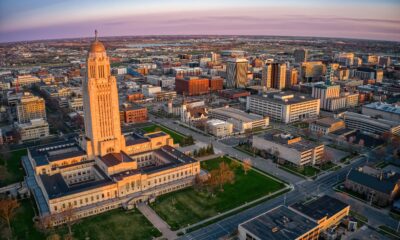
 Nebraska6 days ago
Nebraska6 days agoHere Are 12 Things People from Nebraska Do That Seem Insane To Everyone Else

 Maine5 days ago
Maine5 days agoThe ruins of a town that time forgot are resting in this Maine state park

 New York4 days ago
New York4 days agoHere Are 12 Things People from New York Do That Seem Insane To Everyone Else
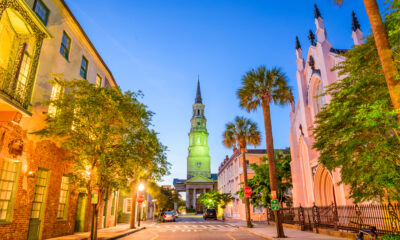
 South Carolina2 days ago
South Carolina2 days agoHere Are 12 Things People from South Carolina Do That Seem Insane To Everyone Else

 Ohio4 days ago
Ohio4 days agoHere Are 12 Things People from Ohio Do That Seem Insane To Everyone Else
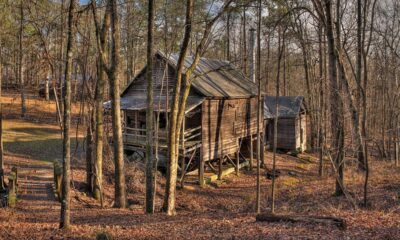
 Georgia5 days ago
Georgia5 days agoThis plantation’s slave quarters tell Georgia’s slowest freedom story
